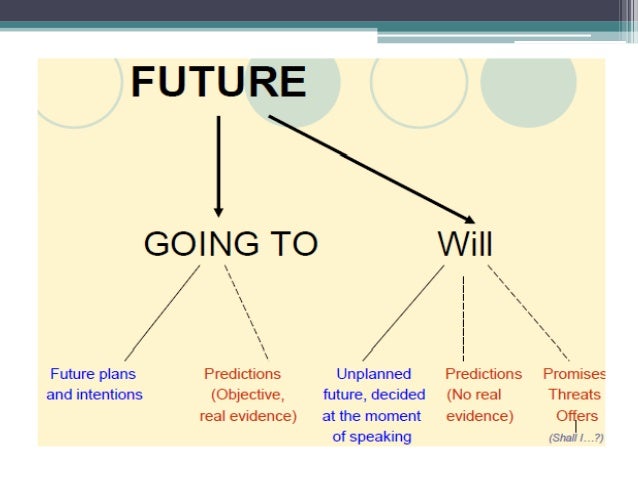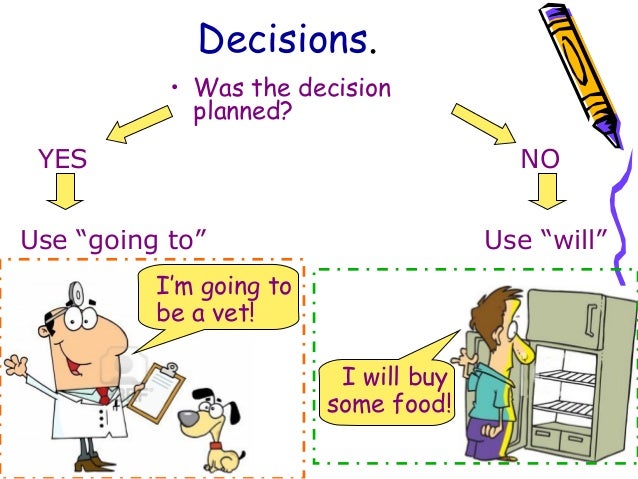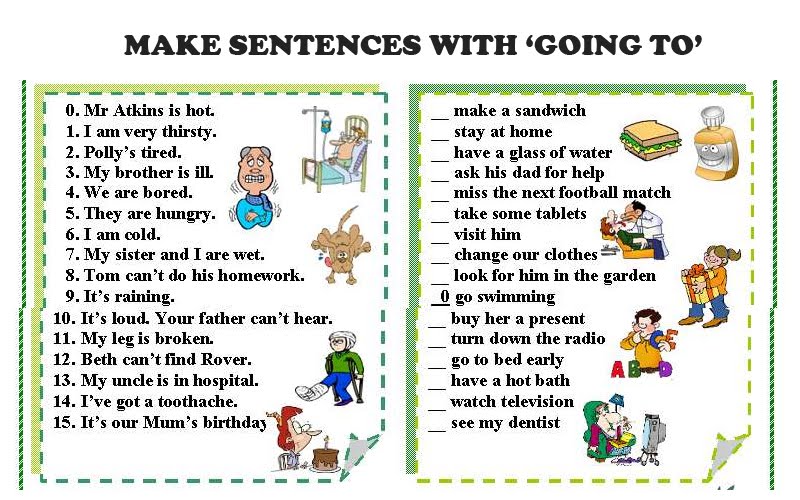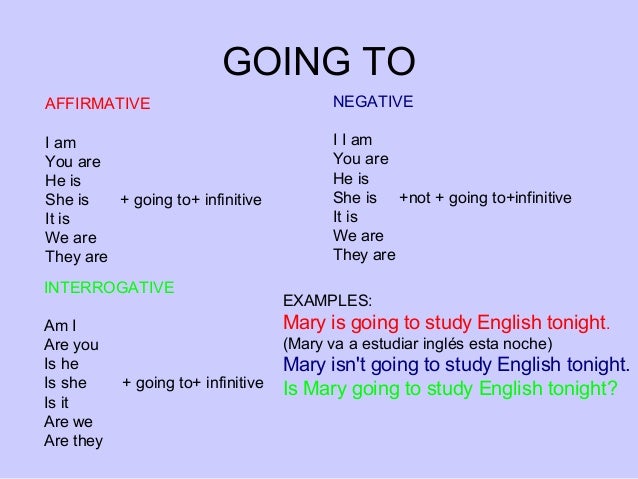martes, 31 de enero de 2017
miércoles, 25 de enero de 2017
THERE IS / ARE
Hi!
We have worked in class about the there is / there are uses, you can review the lesson and do activities about this lesson here.
Activities:
At school & at home.
Grammar game.
There is/are with some/any, a/an.
There is/are.
You can print it.
Revise there is and there are:
There is----singular (hay)------There is a tree in the park.
There are--plural (hay)---------There are some trees in the park.
there isn't------ (no hay)--------There isn't a slide in the park.
There aren't---- (no hay)-------There aren't any swings.
Is there...?----(¿hay...?)---------Is there one?
Are there...? --- (¿hay...?)----- Are there any?
ACTIVITIES:
We have worked in class about the there is / there are uses, you can review the lesson and do activities about this lesson here.
We use there is (singular) / there are (plural) to say that sth is located in the place or exists:
e.g. There is a book on the desk. / There are manybooks on the shelf.
We use there isn’t (singular) / there aren’t (plural) to say that sth isn’t located in the place or doesn’t exist:
e.g. There isn’t a book on the desk. / There aren’t any books on the shelf.
We use Is there…? (singular) / Are there...? (plural) to ask whether sth is located in the place or exists:
e.g. Is there a book on the desk? / Are there any books on the shelf?
Activities:
At school & at home.
Grammar game.
There is/are with some/any, a/an.
There is/are.
You can print it.
Revise there is and there are:
There is----singular (hay)------There is a tree in the park.
There are--plural (hay)---------There are some trees in the park.
there isn't------ (no hay)--------There isn't a slide in the park.
There aren't---- (no hay)-------There aren't any swings.
Is there...?----(¿hay...?)---------Is there one?
Are there...? --- (¿hay...?)----- Are there any?
ACTIVITIES:
PREPOSITIONS
In this unit we have worked with four of these prepositions:

UNDER:

ACTIVITY 1:
AROUND:
ON:
OVER

 |
| CAN YOU JUMP OVER THE FENCE? |

ACTIVITY 1:
 |
| Click on the picture and practice. |
SIMPLE PAST REGULAR VERBS
The simple past is used to describe an action that ocurred and was completed in the past.
The simple past is formed adding -ED to the base form of the verb (infinitive without to).
Base form + ED = SIMPLE PAST
walk------walked
play ------played
push------pushed
greet-----greeted
watch----watched
The simple past of regular verbs is very easy. It is the same for all persons, here are example sentences of the simple past with the verb study.
I studied
You studied
He studied
She studied
It studied
We studied
You studied
They studied
For regular verbs ending in the vowel -E add -D
Hate----hated
Seize ---seized
Hope---hoped
Tie-----tied
Free---freed
For regular verbs ending in a vowel other than -E add -ED
Ski----skied
Echo--echoed
EXCEPTIONS: THE VERBS GO AND DO ARE IRREGULARS
For regular verbs ending in a vowel + Y, add -ED.
Play-----played
Decay---decayed
Enjoy---enjoyed
For regular verbs that end in a consonant and -Y, change the -Y to -I and add -ED.
Cry----cried
Dirty---dirtied
EXCEPTION: FLY IS IRREGULAR.
For regular verbs ending in a CONSONANT + VOWEL + CONSONANT, dobble the final consonant before addding -ED.
Plan--planned
strep--strepped
dam---dammed
ACTIVITIES:
ACTIVITY 1
ACTIVITY 2
ACTIVITY 3
WILL / BE GOING TO

When we want to talk about future facts or things we believe to be true about the future, we use 'will'.
- The President will serve for four years.
- The boss won't be very happy. (won't = will not)
- I'm sure you'll like her. (you'll = you will)
- I'm certain he'll do a good job. (he'll = he will)
If we are not so certain about the future, we use 'will' with expressions such as 'probably', 'possibly', 'I think', 'I hope'.
- I hope you'll visit me in my home one day.
- She'll probably be a great success.
- I'll possibly come but I may not get back in time.
- I think we'll get on well.
If you are making a future prediction based on evidence in the present situation, use 'going to'.
- Not a cloud in the sky. It's going to be another warm day.
- Look at the queue. We're not going to get in for hours.
- The traffic is terrible. We're going to miss our flight.
- Be careful! You're going to spill your coffee.
At the moment of making a decision, use 'will'. Once you have made the decision, talk about it using 'going to'.
Suscribirse a:
Comentarios (Atom)












